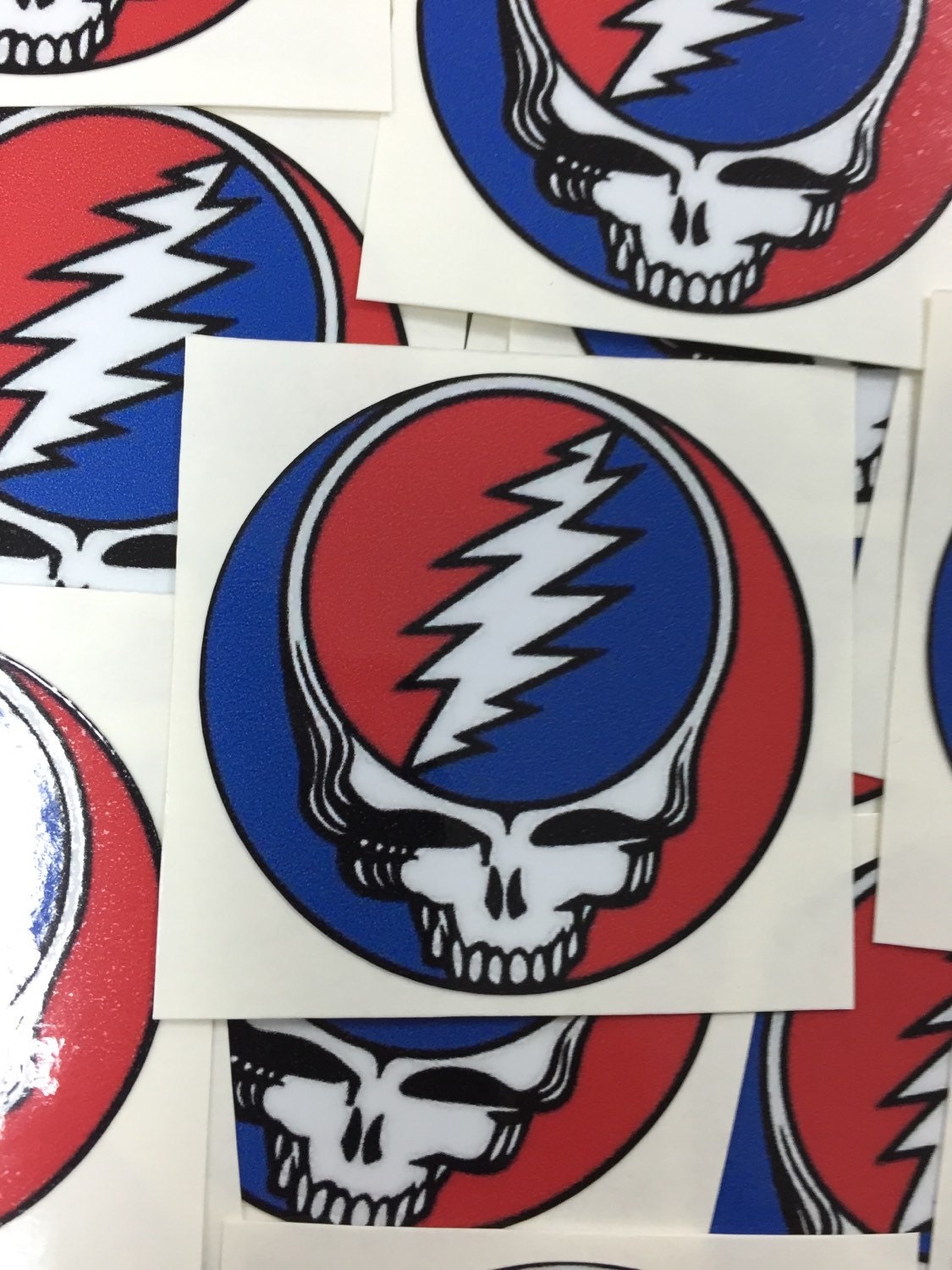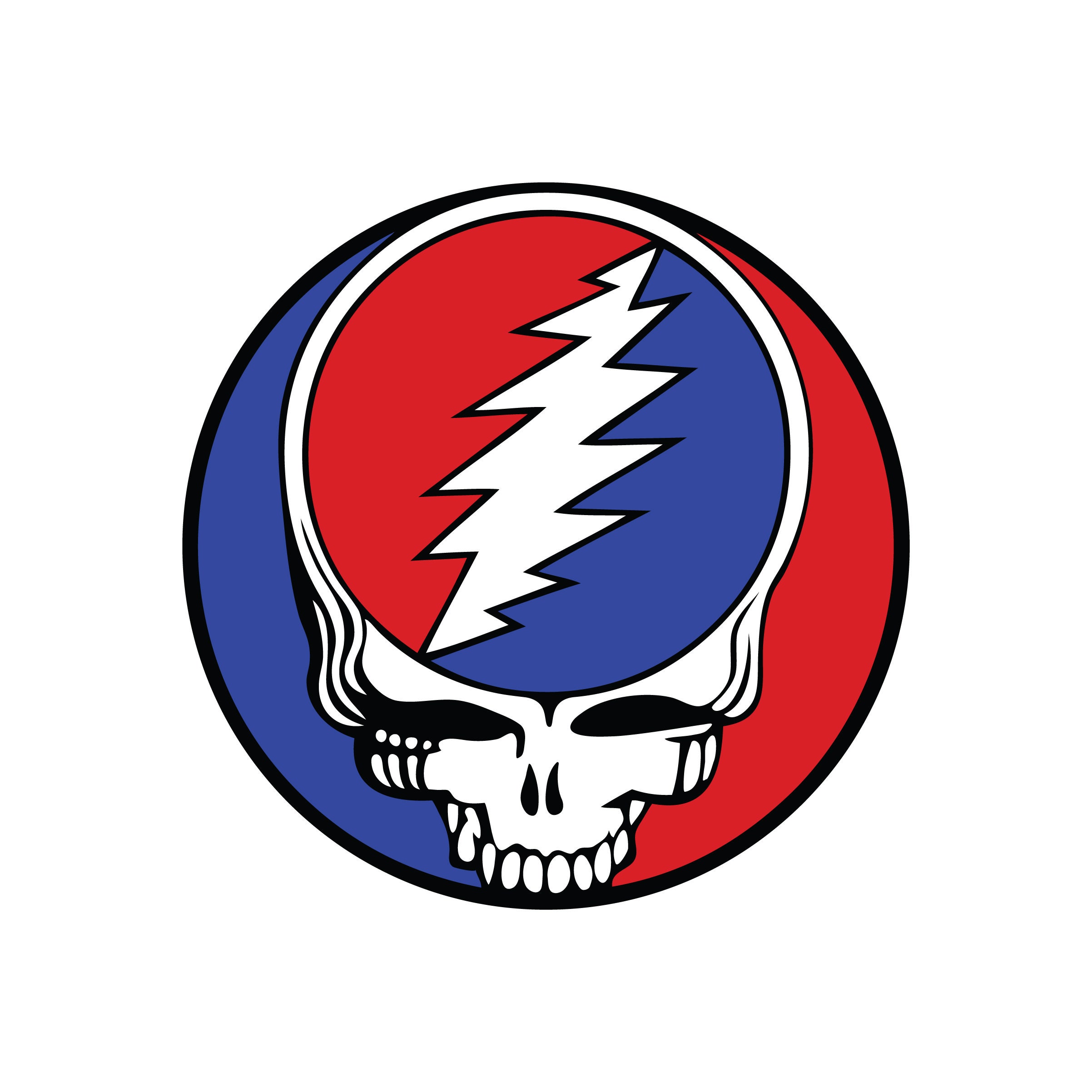
Look, for photos I always think we’re here to create fantasies. The live double-album, which was released in 1976 was actually recorded. “You know what, I’m trying to love myself as I am, but for the photos. A breakout from the Grateful Dead Records Collection. She said: “That’s not my jaw and neck in real life – and I can’t walk around with tape and elastics everywhere.

Appearing on the cover of British Vogue in a variety of outfits showing only the front of her face, she stressed that make-up artist Pat McGrath had used tape and elastics to draw back her face, jaw and neck. It’s all happenin’ Unable to process your request at this time. Evangelista has since settled a lawsuit in New York against Zeltiq Aesthetics, CoolSculpting’s parent company. Be the first to know about the Grateful Dead’s exclusive limited-edition releases, breaking news on the band, community events, and so much more. She said the treatment had resulted in paradoxical adipose hyperplasia, where the fatty tissue on her body increased in size rather than shrank. The Canadian supermodel, 57, claimed in September that she had been left “permanently deformed” and “brutally disfigured” from a cosmetic procedure called CoolSculpting. Conversely, newer originals such as the Jerry Garcia/ Robert Hunter ballads "Ship of Fools," "It Must Have Been the Roses," and the album's unmitigated gem, "Stella Blue," rate among the package's most thoughtful and lyrical moments.Linda Evangelista has said she is “trying to love myself as I am” after taking part in a photoshoot for British Vogue with her face held in place with tape and elastic. However, none of the songs have much room for any ensemble work or extended improvisation - key elements when capturing the essence of the Grateful Dead live. There are a few throwaways, such as the Chuck Berry covers "Promised Land" and "Around and Around" as well as Bob Weir's cowboy tunes "Big River" and "El Paso." It should be noted that these particular cuts are not all that bad. This was written off by the band as an attempt not to duplicate the style of their previous concert releases Live/Dead (1969), Grateful Dead (1971), and Europe '72 (1972) - all of which were infinitely more realistic and warmly received. What listeners are left with is a loose assortment of shorter tracks and self-contained performances. So, why weren't those tracks accessed for this release? In essence, this boils down to two factors: the absence of quality control at the time the recordings were made, and some decidedly unsavory and unethical conduct by the band's concurrent management. Be the first to know about the Grateful Dead’s exclusive limited-edition. Because the band had announced their decision to cease their incessant touring and essentially go on sabbatical, these concerts were being touted at the time as the "final four." By all accounts there was plenty of inspired musical interaction during the course of the run. Extra Large generally fits people from 511' to 63' and 190. These garments are hand-crafted, made of 100 recycled fabric, polyester, acrylic and cotton, and are officially licensed. The V-neck design adds breathability, but can be tied closed for added warmth. Steal Your Face is compiled from the same four-night stand (October 16 through October 20, 1974) at Winterland Arena that the Dead filmed for the Grateful Dead Movie (1976). A large, oversized front pouch pocket keeps your hands warm and holds your stuff. The evidence, however, speaks in the package's indescribably poor song selection and complete lack of cohesion. The story of why the Dead would contribute to such substandard workmanship has long been grist for the rumor mill. However, somewhat obscured beneath what is not on this collection are a few salvageable performances. These are undeniably accurate thumbnail assessments.

Some Deadheads and enthusiasts have dismissed this two-disc live set as being foul-sounding and wholly unrepresentative of a typical Grateful Dead show circa 1974.


 0 kommentar(er)
0 kommentar(er)
